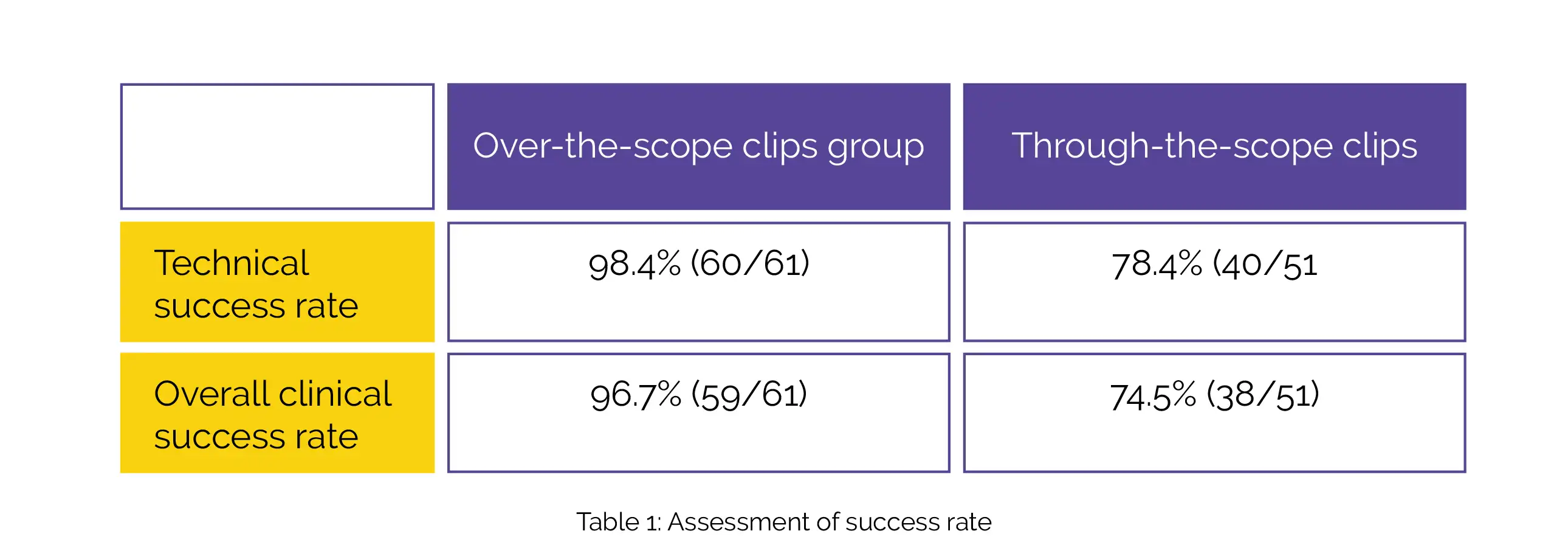Categories
Change Password!
Reset Password!


For peptic ulcer bleeding management, over-the-scope clips have higher success rates than through-the-scope clips.
In an international, multi-center, randomized controlled trial, over-the-scope clips outperformed through-the-scope clips in terms of technical and overall clinical success rates in people suffering from suspected upper gastrointestinal bleeding. For first-line endoscopic therapy of acute peptic ulcer bleeding, researchers compared through-the-scope clips with over-the-scope clips.
Subjects with Forrest Ia-IIb gastroduodenal peptic ulcer were randomly allocated to receive either through-the-scope clips or over-the-scope-clip therapy. Thirty-day rebleeding, technical success, and overall clinical success rates (characterized as technical success without proof of 30-day rebleeding) were the major endpoints.
Out of 251 individuals screened, 112 patients were randomly assigned to receive therapy with the through-the-scope clips (n = 51) or the over-the-scope clip (n = 61). In the over-the-scope clips group, the technical success rate and overall clinical success rate were higher as opposed to the through-the-scope clips group.

Failure of through-the-scope clips was associated with posterior duodenal wall location (3/11), large-size visible bleeding vessel (1/11), and fibrotic peptic ulcer (7/11). After achieving technical success, 1.7% (1/60) and 5.0% (2/40) of the patients treated with the over-the-scope clips and through-the-scope clips had 30-day rebleeding, respectively. Hence, as a first-line endoscopic therapy for acute peptic ulcer bleeding, over-the-scope clips exhibit superior efficacy as compared to through-the-scope clips.
Thieme
Higher efficacy of over-the-scope clips compared to through-the-scope clips for first-line endoscopic treatment of acute peptic ulcer bleeding: results of an international, multi-center, randomized controlled trial
P. Soriani et al.
Comments (0)